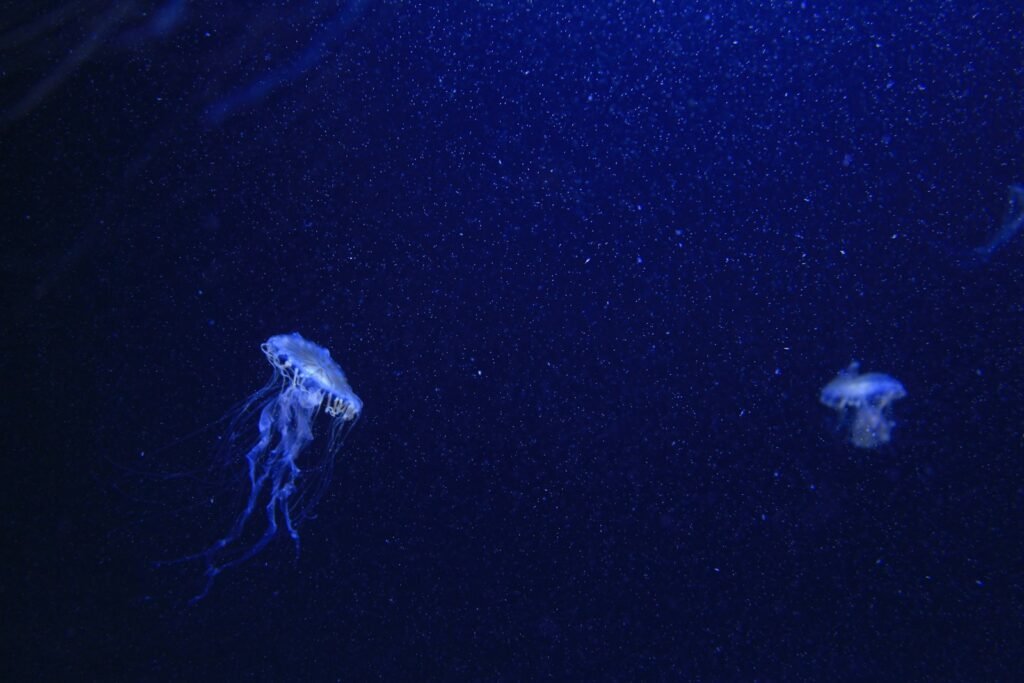Picture this: you’re living your life, aging day by day, and then one morning you wake up as a child again. It sounds like science fiction, but in the depths of our oceans, one tiny creature has mastered this impossible feat. The Turritopsis dohrnii, often called the “immortal jellyfish,” has baffled scientists for decades with its ability to reverse its aging process completely. While humans search for the fountain of youth, this unassuming jellyfish might have been swimming in it all along.
The Incredible Discovery That Changed Everything

Back in the 1990s, marine biologist Christian Sommer made a discovery that would shake the scientific world. He was studying tiny jellyfish in the Mediterranean when he noticed something extraordinary happening in his lab tanks. Instead of dying after reaching sexual maturity, some of these jellyfish were doing something unprecedented — they were becoming young again.
The jellyfish weren’t just extending their lives; they were literally reversing their biological clock. Adult jellyfish would sink to the bottom of the tank, transform into a blob-like state, and then develop back into juvenile polyps. It was like watching someone age backwards in fast-forward.
This discovery challenged everything scientists thought they knew about aging and death in the animal kingdom. The implications were staggering, and researchers around the world began scrambling to understand how this tiny creature had seemingly conquered mortality itself.
Meet the Immortal Jellyfish
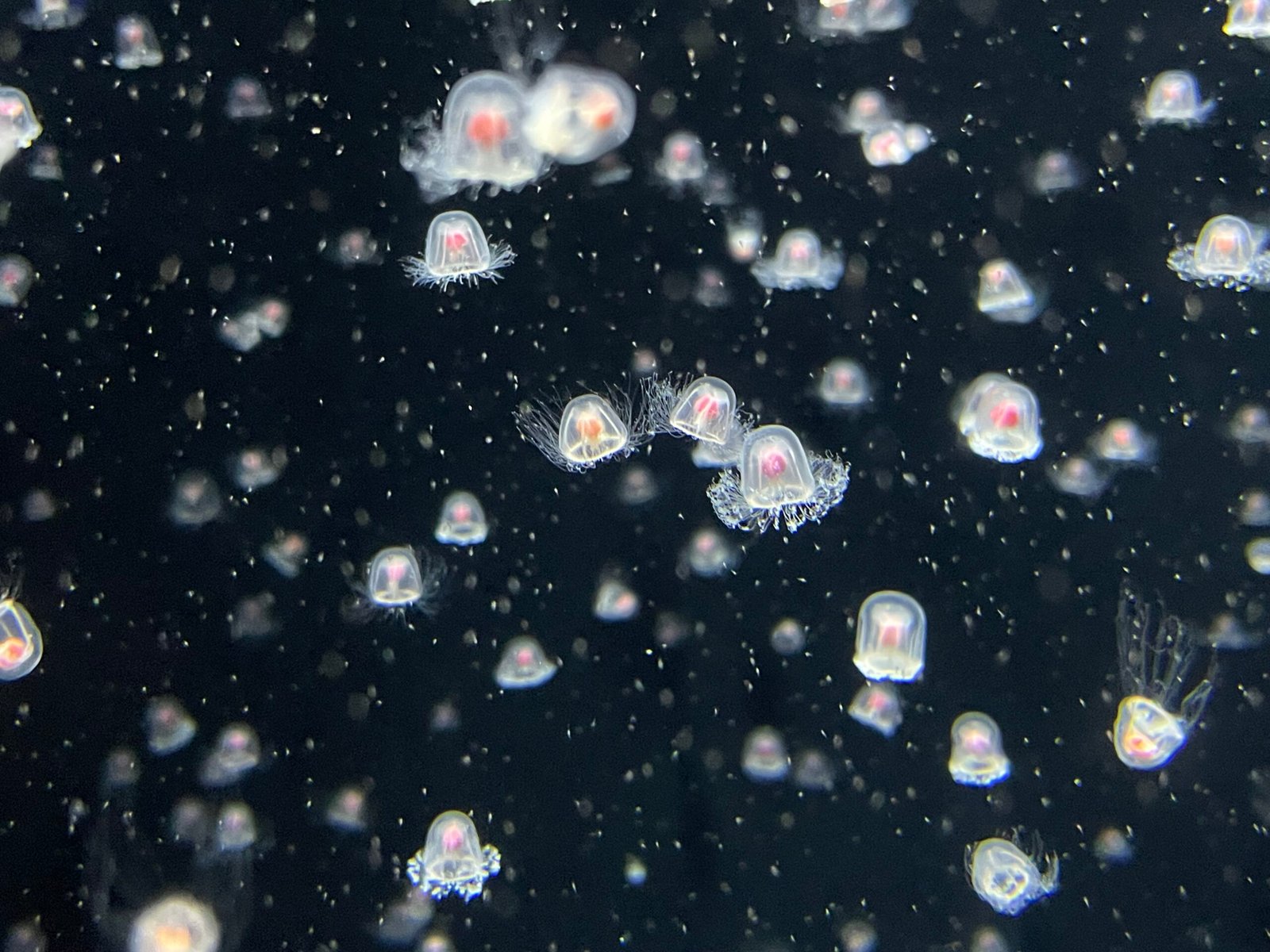
The Turritopsis dohrnii is smaller than your pinky nail, measuring only about 4.5 millimeters in diameter when fully grown. Despite its microscopic size, this translucent creature packs an evolutionary punch that puts science fiction to shame. Originally discovered in the Mediterranean Sea, these jellyfish have now spread to oceans worldwide, possibly aided by their remarkable survival abilities.
What makes this jellyfish truly special isn’t its size or appearance — it’s what happens when it faces death. While most animals have a one-way ticket through life, the immortal jellyfish has figured out how to buy a return ticket. When threatened by physical damage, starvation, disease, or old age, it can reverse its aging process and start life over again.
The Mind-Blowing Process of Reverse Aging
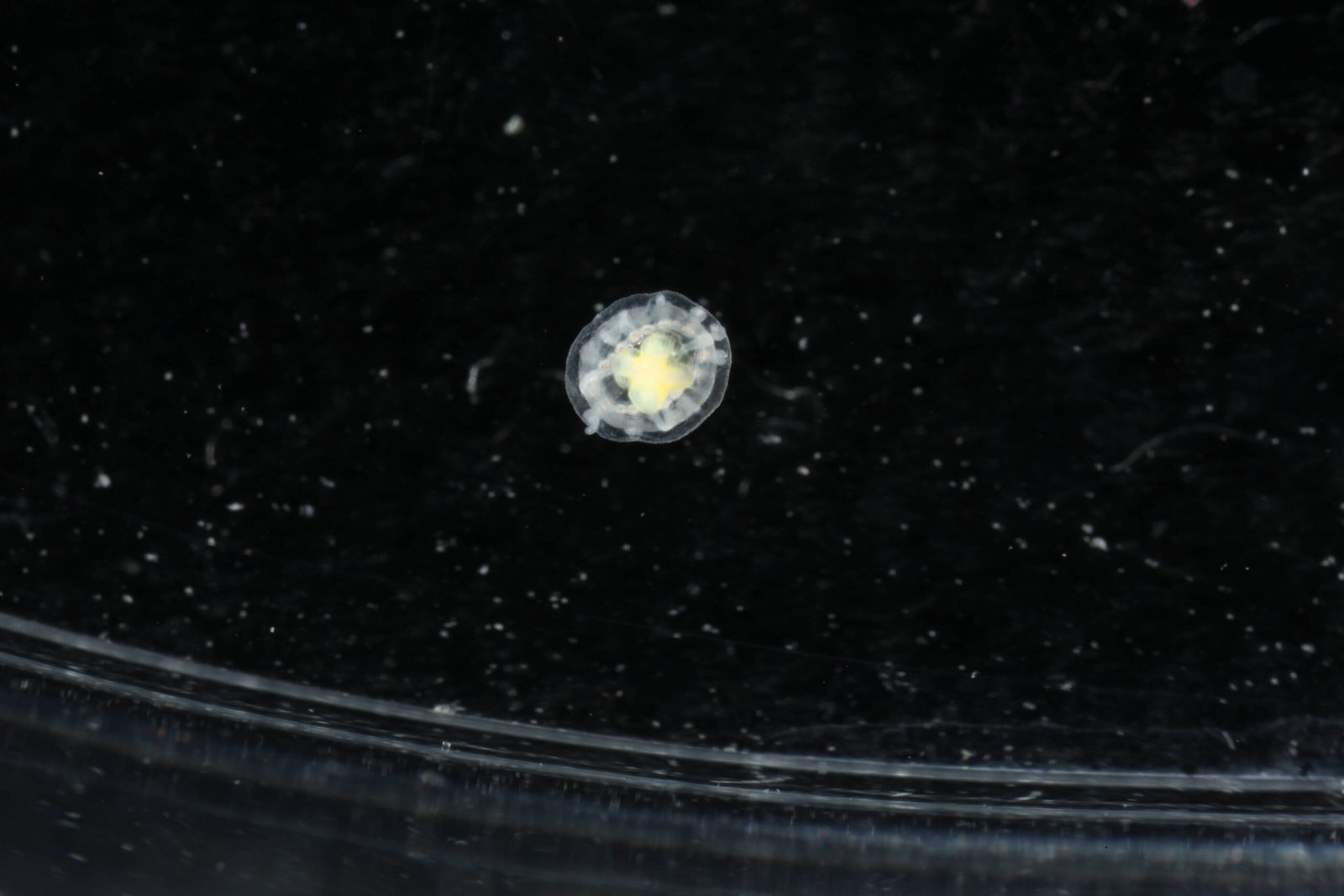
The process scientists call “transdifferentiation” is where the magic happens. When the immortal jellyfish faces a life-threatening situation, its cells begin to transform into completely different types of cells. It’s like a master chef deciding to become a carpenter, then a doctor, then a teacher — all in the same lifetime.
During this remarkable transformation, the jellyfish’s bell-shaped body contracts and settles on the seafloor. Its tentacles and other adult features are reabsorbed, and the creature essentially melts into a blob. But this isn’t death — it’s rebirth. Over the next few days, this blob reorganizes itself into a polyp, the juvenile form of the jellyfish.
Think of it as the ultimate biological reset button. The adult jellyfish literally becomes its younger self, complete with all the potential to grow and develop again. This process can theoretically be repeated indefinitely, making the jellyfish potentially immortal.
What Scientists Are Learning About Cellular Transformation

Researchers have discovered that the immortal jellyfish’s cells have an extraordinary ability to reprogram themselves. Unlike human cells, which are locked into specific roles, these jellyfish cells can switch jobs whenever necessary. A muscle cell can become a nerve cell, or a digestive cell can transform into a reproductive cell.
This cellular flexibility is controlled by specific genes that remain active throughout the jellyfish’s life. Scientists have identified several key genes responsible for this transformation, including those involved in DNA repair, cell cycle regulation, and development. These genes work together like a perfectly orchestrated symphony, directing the complex process of reverse aging.
The discovery has opened new avenues for understanding stem cell biology and regenerative medicine. If scientists can decode exactly how these cells maintain their flexibility, it could revolutionize how we approach aging and disease in humans.
The Immortal Jellyfish’s Global Takeover
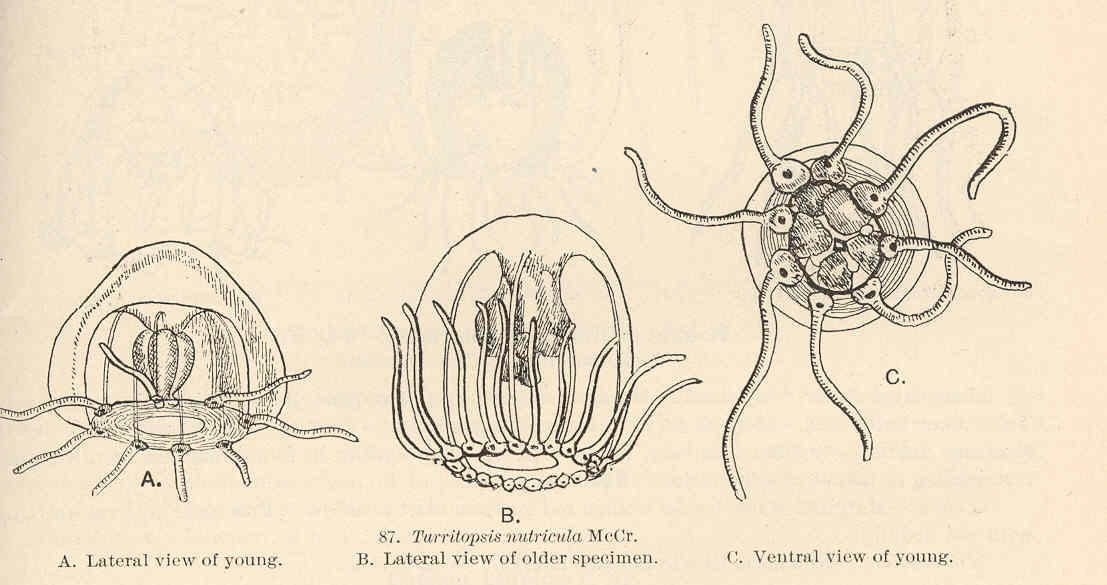
What started as a Mediterranean curiosity has become a global phenomenon. The immortal jellyfish has been found in waters around Japan, North America, and many other locations worldwide. Their ability to survive in different environments, combined with their immortality, has made them incredibly successful colonizers.
Ships’ ballast water likely helped spread these tiny creatures across the globe. As vessels traveled from port to port, they unknowingly transported immortal jellyfish to new habitats. The jellyfish’s small size and resilience made them perfect stowaways, and their ability to restart their life cycle helped them survive long journeys.
This global expansion has created new opportunities for research. Scientists can now study these creatures in different environments and conditions, providing valuable insights into their immortality mechanism and how it might be affected by changing ocean conditions.
The Limits of Immortality

While the immortal jellyfish has conquered aging, it hasn’t escaped all forms of death. These creatures can still be eaten by predators, die from severe physical damage, or succumb to extreme environmental conditions. Their immortality is biological, not absolute.
In laboratory settings, researchers have found that not all immortal jellyfish successfully complete their transformation. Some die during the process, while others may only partially reverse their aging. The success rate depends on various factors, including the jellyfish’s health, environmental conditions, and the specific trigger that initiated the transformation.
This limitation suggests that immortality comes with costs. The energy required for cellular reprogramming is enormous, and the process itself is risky. Evolution has provided the immortal jellyfish with an incredible survival tool, but it’s not a guarantee of eternal life.
Genetic Secrets Behind the Fountain of Youth

Recent genetic studies have revealed fascinating details about what makes the immortal jellyfish so special. Scientists have sequenced its genome and found unique genetic features that distinguish it from other jellyfish species. These genetic differences appear to be key to its immortality abilities.
One of the most significant discoveries is the presence of multiple copies of genes related to DNA repair and cell protection. While most animals have one or two copies of these crucial genes, the immortal jellyfish has multiple backup copies. This genetic redundancy helps protect the jellyfish from the cellular damage that typically causes aging.
The jellyfish also has enhanced versions of genes that control cellular development and differentiation. These “super genes” allow its cells to maintain their flexibility and switch between different cell types more easily than in other species.
How This Discovery Is Changing Medicine

The immortal jellyfish’s abilities are inspiring new approaches to human medicine and aging research. Scientists are studying how its cellular reprogramming might be applied to treat degenerative diseases, heal damaged organs, and potentially slow down human aging.
Researchers are particularly interested in the jellyfish’s DNA repair mechanisms. As we age, our cells accumulate DNA damage that leads to disease and death. Understanding how the immortal jellyfish maintains perfect DNA integrity could lead to treatments for cancer, Alzheimer’s disease, and other age-related conditions.
Some scientists are even exploring whether the transdifferentiation process could be adapted for regenerative medicine. If human cells could be taught to switch roles like jellyfish cells, it might be possible to regrow damaged organs or repair injured tissues more effectively.
The Role of Environmental Stress

Interestingly, the immortal jellyfish’s transformation is often triggered by environmental stress. When food becomes scarce, water temperature changes dramatically, or pollution levels rise, the jellyfish is more likely to begin its reverse aging process. This suggests that immortality might be an evolutionary response to harsh conditions.
Scientists have discovered that moderate stress can actually enhance the jellyfish’s immortality abilities. Like a muscle that grows stronger with exercise, the immortal jellyfish’s cellular machinery becomes more efficient at transformation when regularly challenged by environmental changes.
This finding has implications for understanding how stress affects aging in all organisms. While chronic stress typically accelerates aging in humans, the immortal jellyfish has evolved to use stress as a trigger for renewal and regeneration.
Laboratory Breakthroughs and Ongoing Research

Maintaining immortal jellyfish in laboratory conditions has proven challenging, but scientists have made significant progress. Specialized tanks with carefully controlled conditions now allow researchers to study these creatures throughout their entire life cycle, including their remarkable transformation process.
Recent experiments have revealed that the transformation can be triggered artificially using various stimuli. Scientists can now induce reverse aging in laboratory specimens, allowing them to study the process in detail and identify the molecular mechanisms involved.
Advanced imaging techniques have provided unprecedented views of cellular changes during transformation. Researchers can now watch individual cells as they reprogram themselves, providing insights into the timing and sequence of events that make immortality possible.
The Immortal Jellyfish’s Ecosystem Impact

The spread of immortal jellyfish worldwide has raised questions about their ecological impact. Their ability to survive in various conditions and potentially live forever could give them significant advantages over other marine species. Some scientists worry about the long-term consequences of their global expansion.
However, predation and environmental factors still control immortal jellyfish populations. Despite their immortality, these creatures remain part of the marine food web, serving as prey for various fish and other marine animals. Their small size and relatively low reproductive rate also help keep their populations in check.
Researchers are monitoring immortal jellyfish populations to understand their ecological role and potential impact on marine ecosystems. This research is crucial for predicting how changing ocean conditions might affect both the jellyfish and the environments they inhabit.
Comparing Immortal Jellyfish to Other Long-Living Species

The immortal jellyfish isn’t the only creature with remarkable longevity. Other species, such as the Greenland shark, certain tortoises, and some trees, can live for hundreds or even thousands of years. However, the immortal jellyfish’s ability to reverse aging makes it unique among long-lived organisms.
While other long-living species simply age very slowly, the immortal jellyfish can actually become younger. This fundamental difference has made it a more attractive subject for aging research, as it offers insights into active age reversal rather than just longevity.
Scientists are comparing the immortal jellyfish’s genes and cellular mechanisms with those of other long-lived species to identify common factors that promote longevity. These comparative studies are revealing new targets for anti-aging research and potential therapeutic interventions.
The Future of Immortality Research

As technology advances, scientists are developing new tools to study the immortal jellyfish in greater detail. CRISPR gene editing, advanced microscopy, and sophisticated computer modeling are providing deeper insights into the molecular basis of immortality.
Future research aims to identify specific molecules and pathways that could be targeted for human therapeutic applications. Scientists are working to understand not just how the immortal jellyfish achieves reverse aging, but also how these mechanisms might be safely adapted for human use.
The ultimate goal is to develop treatments that could slow down or reverse aging in humans. While true immortality may remain elusive, the immortal jellyfish’s secrets could lead to significant extensions of human healthspan and lifespan.
Challenges in Studying Immortal Jellyfish
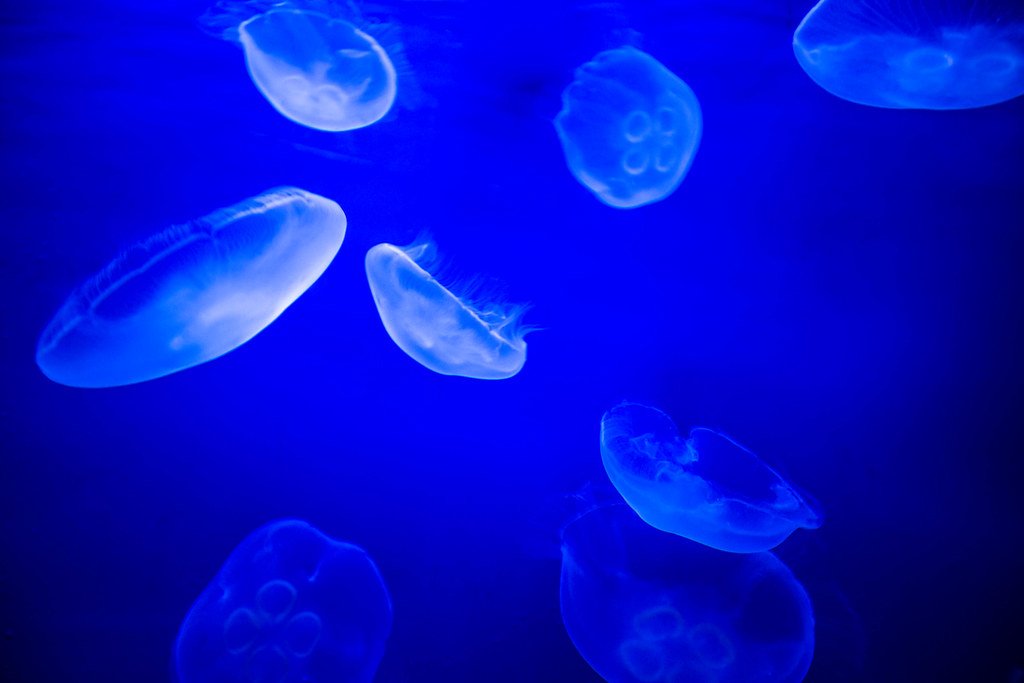
Despite their fascinating abilities, immortal jellyfish present unique challenges for researchers. Their tiny size makes detailed observation difficult, and their complex life cycle requires specialized knowledge and equipment. Many laboratories struggle to maintain healthy jellyfish populations for extended periods.
The transformation process itself is unpredictable and doesn’t always occur when scientists expect it. This unpredictability makes it challenging to study the process in real-time and understand all the factors that influence successful transformation.
Additionally, the jellyfish’s global distribution means that different populations may have slightly different characteristics. Scientists must account for these variations when interpreting research results and drawing conclusions about immortality mechanisms.
What This Means for Human Aging

While humans and jellyfish are vastly different organisms, we share fundamental cellular processes that could make some aspects of immortal jellyfish research applicable to human aging. The basic mechanisms of DNA repair, cellular maintenance, and programmed cell death are remarkably similar across many species.
Scientists are particularly interested in the immortal jellyfish’s ability to maintain cellular flexibility throughout its life. Human cells become increasingly specialized and lose their adaptability as we age, contributing to the aging process. Understanding how jellyfish cells maintain their plasticity could lead to new approaches for keeping human cells young and healthy.
However, researchers caution that human immortality remains a distant possibility. The complexity of human biology, combined with the ethical and practical challenges of implementing such dramatic life extension, means that any applications of immortal jellyfish research will likely focus on healthspan rather than lifespan extension.
The Ethical Implications of Immortality Research
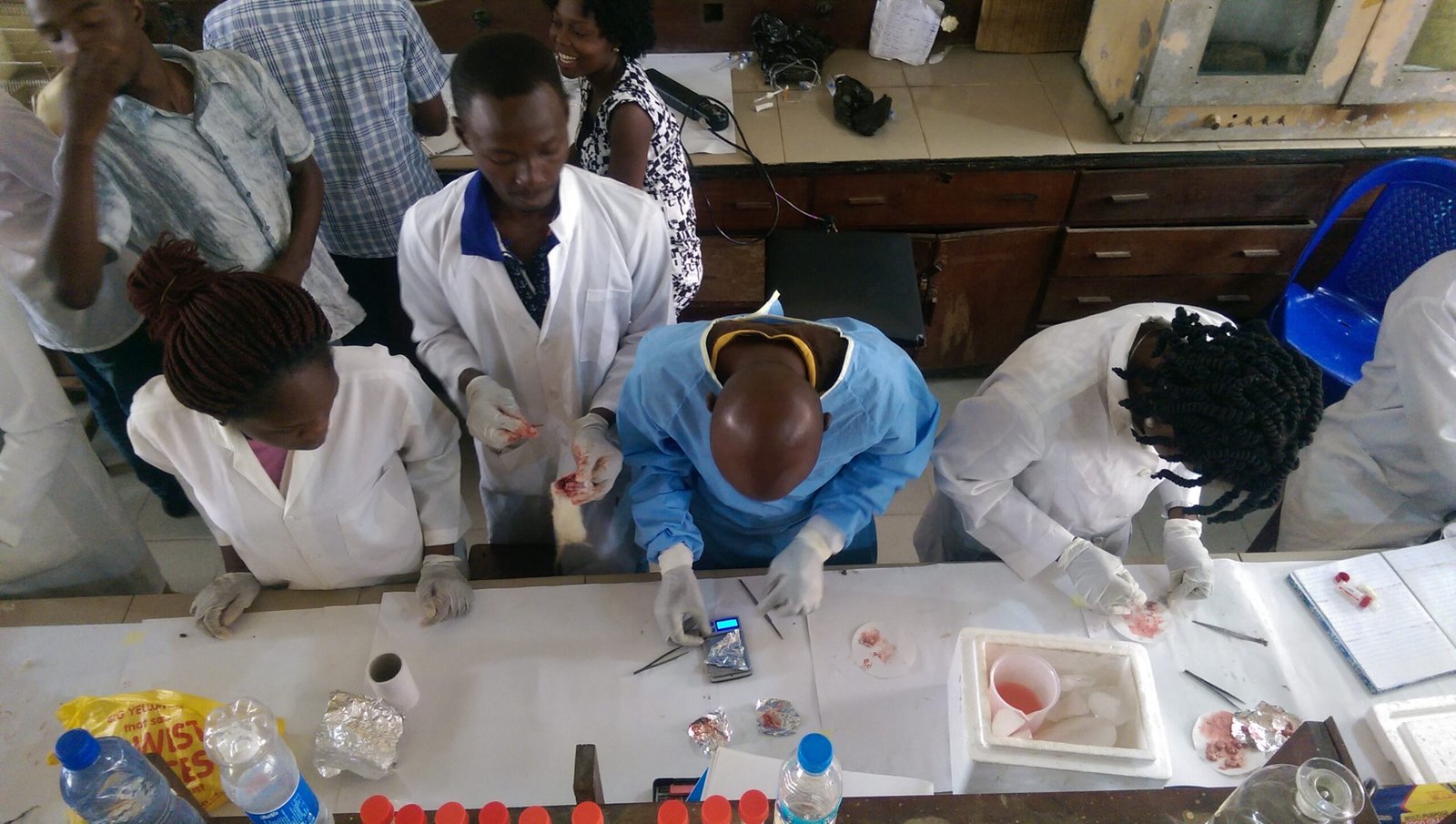
The study of immortal jellyfish raises profound ethical questions about the nature of life, death, and aging. If human immortality or significantly extended lifespans become possible, society would need to grapple with unprecedented challenges related to resource allocation, population growth, and the meaning of human existence.
Some philosophers and ethicists argue that mortality gives life meaning and that immortality could lead to stagnation or loss of purpose. Others contend that extending healthy human life is a moral imperative that could reduce suffering and increase opportunities for human flourishing.
These ethical considerations are becoming increasingly important as immortal jellyfish research advances. Scientists, policymakers, and society as a whole must engage in thoughtful discussions about the implications of life extension research and how any resulting technologies should be developed and distributed.
Current Limitations and Future Possibilities

Despite decades of research, scientists still don’t fully understand how immortal jellyfish achieve their remarkable transformation. Many questions remain unanswered, including the exact molecular triggers that initiate reverse aging and the specific cellular mechanisms that prevent the accumulation of age-related damage.
Current research is limited by the tools and techniques available to study such small, delicate creatures. However, advances in biotechnology, including improved imaging systems and genetic analysis tools, are opening new avenues for investigation.
The future of immortal jellyfish research looks promising, with new discoveries being made regularly. As our understanding of these creatures deepens, we may unlock secrets that could revolutionize our approach to aging, disease, and human health in ways we can barely imagine today.
Conclusion

The immortal jellyfish represents one of nature’s most extraordinary achievements — the conquest of aging itself. Through its remarkable ability to reverse the biological clock, this tiny creature has provided scientists with invaluable insights into the fundamental processes of life and death. While we may never achieve true immortality ourselves, the lessons learned from studying these amazing jellyfish could lead to treatments that help us live longer, healthier lives.
As research continues, we’re discovering that the boundary between life and death isn’t as fixed as we once believed. The immortal jellyfish has shown us that aging might not be inevitable, and that the secrets of eternal youth might be swimming in our oceans right now. The implications of this research extend far beyond marine biology, potentially touching every aspect of human health and longevity.
Perhaps most remarkably, this incredible discovery reminds us that the natural world still holds mysteries that can challenge our most basic assumptions about life itself. What other secrets might be waiting in the depths of our oceans, ready to revolutionize our understanding of biology and medicine?

